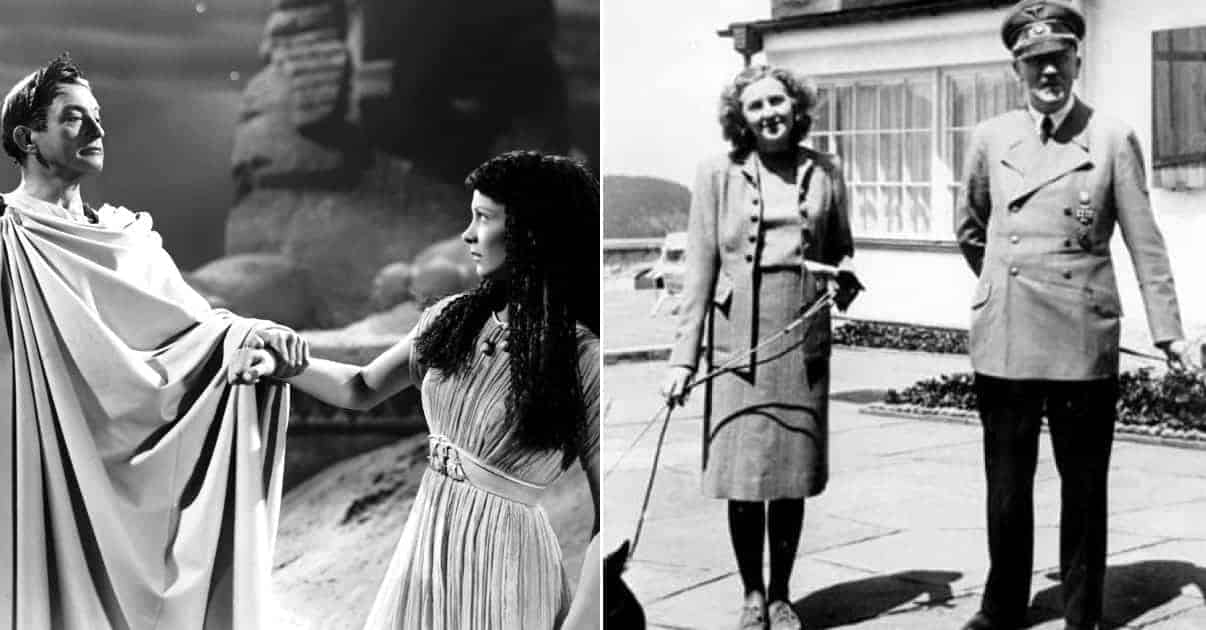This list of ten women who stood behind ten of the world’s most powerful and influential men serves to illustrate the old adage that behind every great man, there is a great woman. Over most of modern history, and perhaps even today, the potential for women to influence events on a national, and perhaps even global level, was limited to what they could achieve by influencing their husbands. Some used the conditions that they inherited to achieve something in their own right, others would have achieved what they achieved anyway, and yet others sought to engage with the work that their husbands undertook to modify, and often moderate his performance.
Either way, it is true, more often than not, that the achievements of great men, be it in politics, business, innovation or the arts, are the equal achievements of the women behind the scenes. We have selected ten women who were powerfully influential through their association with a man, and whose influence shaped the actions and activities of that man. Not all of them were universally loved, and in fact, one or two were despised for the popular belief that they ruined the man in question. Be that as it may, however, it certainly always has been and continues to be true, that behind a great man, there is almost always a great woman.

Hitler and Eva Braun
We are going to kick off with Eva Braun, because she stood behind a man who changed the world irreversibly, but not in a good way. The question of how she influenced Hitler is entirely unclear, and historians have never really been able to decide whether the two were even lovers. Wikipedia states that Evan Braun was ‘the long-time companion of Adolf Hitler and, for less than forty-hours, his wife.’
The two certainly married, exchanging their vows as the sound of Russian guns rocked east Berlin. She was thirty-three years old, and she could quite easily have packed her bags, headed west and left the doomed dictator to his fate. But she did not. The two were married, conducted themselves calmly for the final hours, and on April 30, 1945, took poison in a pact of mutual suicide. Despite the lack of biographical material on Eva Braun, an action like that speaks volumes.
She was seventeen years old when she first met Adolf Hitler, working as a general assistant to the official Nazi photographer, Heinrich Hoffmann. How and when they became intimate is unknown, but before long Eva was a permanent fixture at Hitler’s Bavarian retreat. She was, however, closeted, and the nature of their relationship was carefully hidden, even from his closest associates. To Albert Speer, he explained this as a necessary ruse to maintain his eligibility in the eyes of German women.
Her life, on surface at least, appears to have been an unhappy one, and more than once she attempted suicide, probably as a cry for attention. Whether the relationship was ever consummated is also a source of ongoing speculation. Servants at Berghof, Hitler’s mountain getaway, where Eva Braun was installed, report searching the bedsheets for some evidence that they slept together, and finding none.
He seemed also to be deliberately cruel and disdainful towards her, remarking once in her presence that a highly intelligent man should always choose a primitive and stupid woman. And yet she remained by his side, and he by her’s, and in private moments, they seemed intimate and happy. For her, the war was spent in the safety and isolation of the Alps, yet she chose to leave that sanctuary and join Hitler in Berlin, and there participate in his inevitable fate.
It is probably unlikely that she was ever party to the great decisions made during the course of WWII, but she certainly played her part in supporting Hitler and managing his public image through photography, but also through her simple presence. History is certainly poorer for the memoir that she never wrote.

